The story of Athens isn’t just told in its statues and temples—it’s etched into the ground beneath our feet. Imagine standing in a bustling Athenian street, unaware that just meters below lies a maze of ancient secrets, quietly waiting to be uncovered. Every tremor, every shift of the earth, has played a role in revealing and reshaping this city’s buried past. Earthquakes, relentless time, and the unstoppable march of human life have all conspired to turn Athens into a living archaeological puzzle—one where history isn’t just preserved, but constantly rediscovered. If you’ve ever wondered how a modern city can still hold so many mysteries, or why archaeologists sometimes rejoice at a little shake of the ground, you’re about to find out.
The Earthquake Factor: Nature’s Relentless Archaeologist
Athens sits in a region where the earth rarely sleeps. The city’s history is punctuated by the rumblings of earthquakes—some small, some disastrous. Unlike the slow hand of time, earthquakes work fast: in a matter of seconds, they can topple buildings, shatter statues, and rearrange entire neighborhoods. Yet, paradoxically, these violent events have helped preserve layers of history. When a quake collapses a structure, it often buries artifacts and ruins beneath rubble, sheltering them from looters and the elements. In many cases, archaeologists have found entire rooms, mosaics, and everyday objects perfectly sealed beneath earthquake debris, offering a raw glimpse into ancient life that would otherwise have been lost forever.
Layers Upon Layers: Athens as an Archaeological Palimpsest
Athens is like a giant cake with too many layers to count—each representing a different era. From Neolithic settlements to the Classical golden age, Byzantine churches, and Ottoman markets, every epoch has left its mark. Earthquakes and time have shuffled these layers, making excavations in Athens a bit like opening a time capsule that’s been shaken up. Archaeologists must carefully peel back each stratum, reading the city’s story in reverse. Sometimes, a single site in Athens can reveal Mycenaean walls beneath a Roman bath, topped by a medieval workshop. This dizzying complexity is what makes Athens a living puzzle, forever intriguing and never quite solved.
The Acropolis: Earthquake Survivor and Silent Witness
No symbol of Athens is more iconic than the Acropolis, perched proudly above the city. Over centuries, it has withstood savage earthquakes, invasions, and even explosions. Each disaster left scars, but also protected parts of the site by burying them for centuries. Recent seismic surveys show that the Acropolis’s foundations have shifted and settled repeatedly, yet the structures remain resilient. Archaeologists studying these shifts have learned how ancient engineers adapted building techniques to withstand tremors—like using flexible marble joints and interlocking stone blocks. The Acropolis isn’t just a relic; it’s a survivor, a testament to both nature’s fury and human ingenuity.
The Metro Discoveries: When Construction Meets History
Modern Athens is built on ancient ground, which means every construction project is a potential archaeological adventure. Nowhere is this clearer than in the building of the Athens Metro. As workers dug tunnels and stations, they stumbled upon graves, homes, and artifacts from every era. In some places, entire ancient streets were uncovered, complete with wells and drainage systems. The city halted construction for months to allow archaeologists to investigate, and many of these discoveries are now displayed in the metro stations themselves. For commuters, a routine ride can feel like a trip through time, surrounded by reminders of the city’s endlessly layered history.
The Evolving Landscape: How Earthquakes Shaped Athens’ Topography
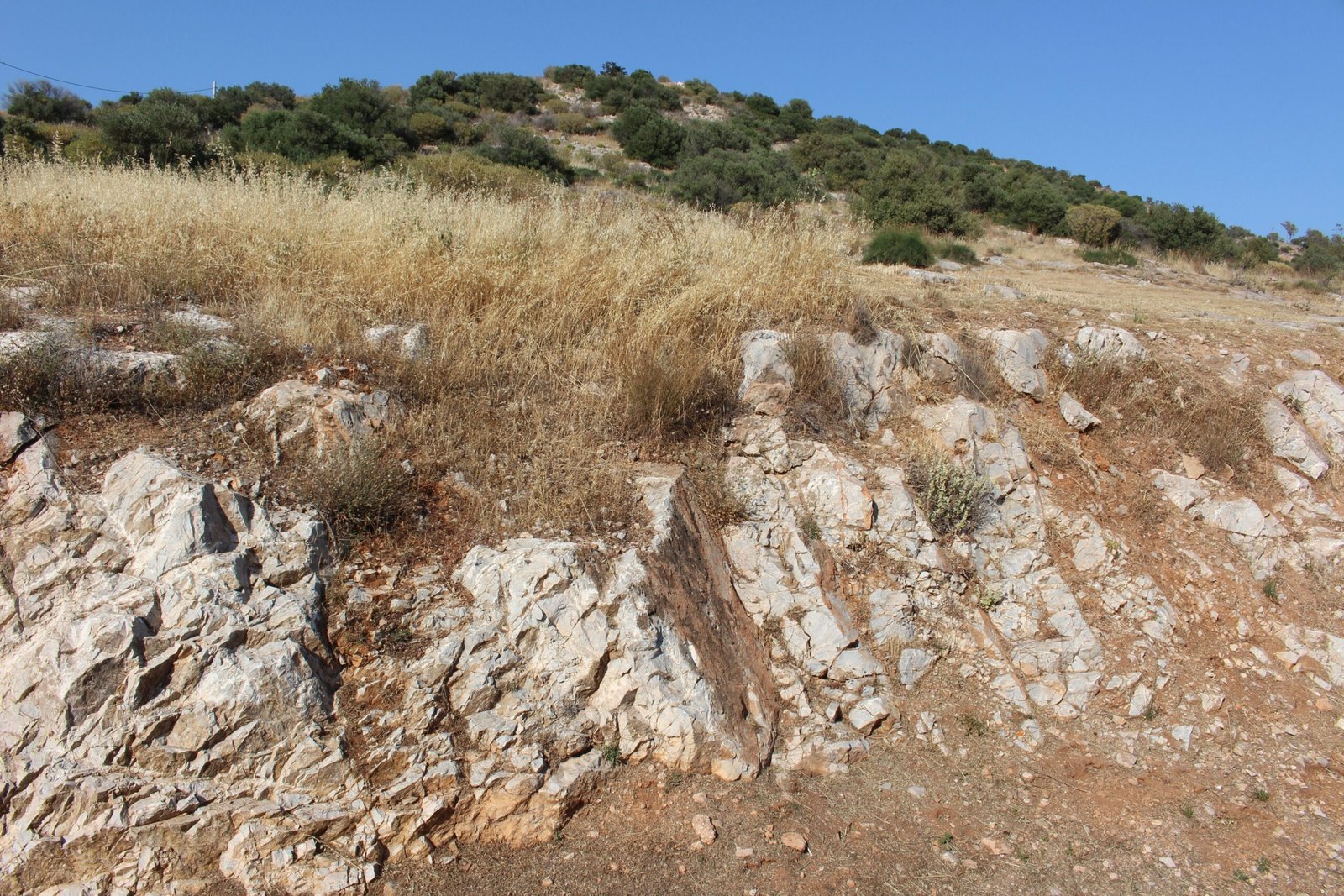
Athens wasn’t always the city we know today. Earthquakes have literally reshaped its landscape, altering river courses, flattening hills, and even raising new ones. Some ancient roads now lie meters below the modern surface, while others have disappeared entirely. These shifts can confuse even the most seasoned archaeologist, who must account for the ways the ground itself has moved over millennia. For locals and visitors alike, it’s a reminder that Athens is always changing, with the city’s ancient bones sometimes just out of reach, waiting for the next twist in the earth.
Unexpected Treasures: Everyday Life Preserved by Disaster
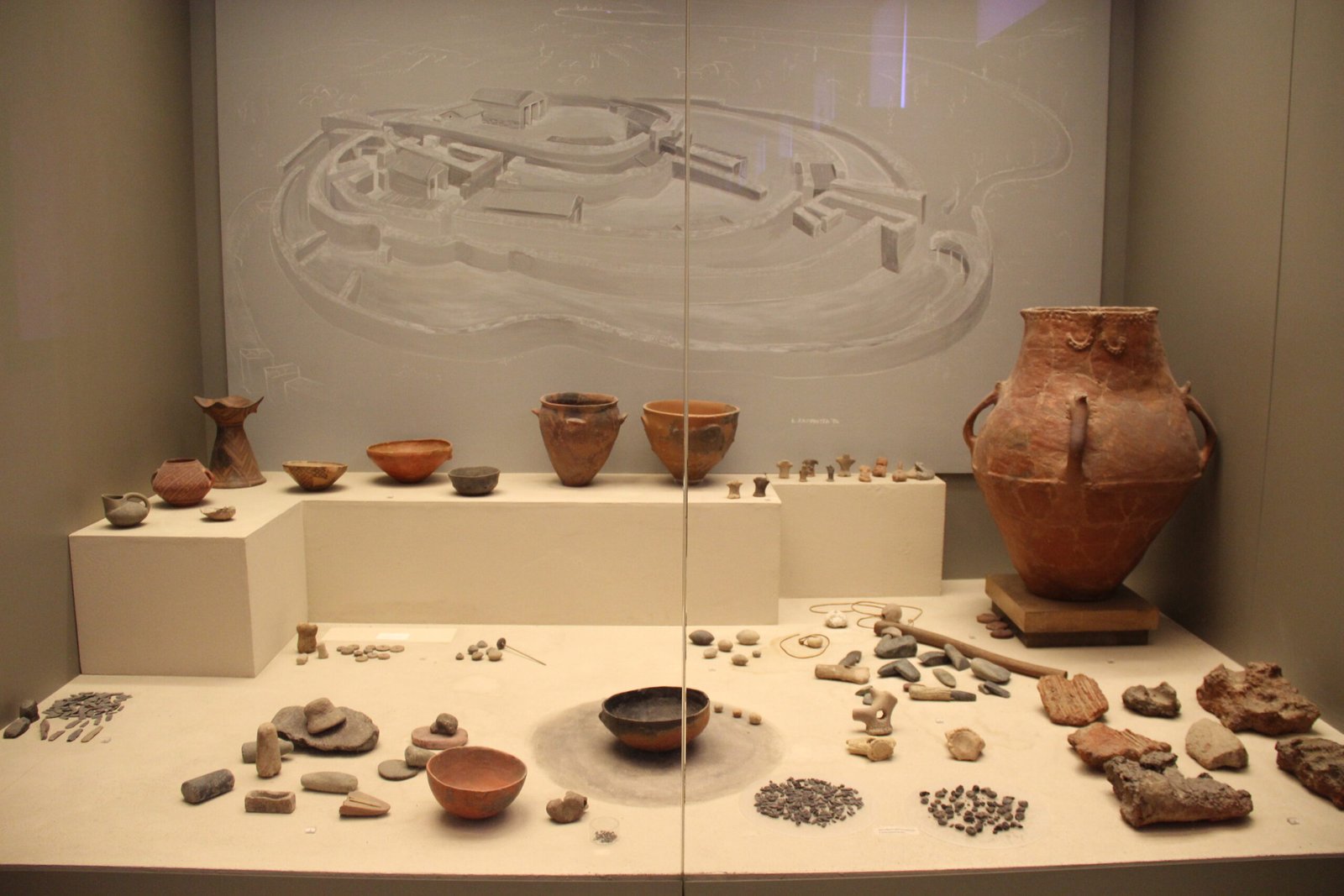
It’s easy to think of archaeological finds as grand statues or glittering treasures, but in Athens, some of the most moving discoveries are the mundane objects of daily life. Pottery shards, children’s toys, cooking utensils—all have been found perfectly preserved in earthquake rubble. These items give us a window into the lives of people who lived, laughed, and worked in the same places we walk today. In some cases, scientists have even found ancient bread loaves and olive pits, frozen in time just as the world above them changed forever.
The Science of Shaking: Modern Seismology Meets Ancient Ruins
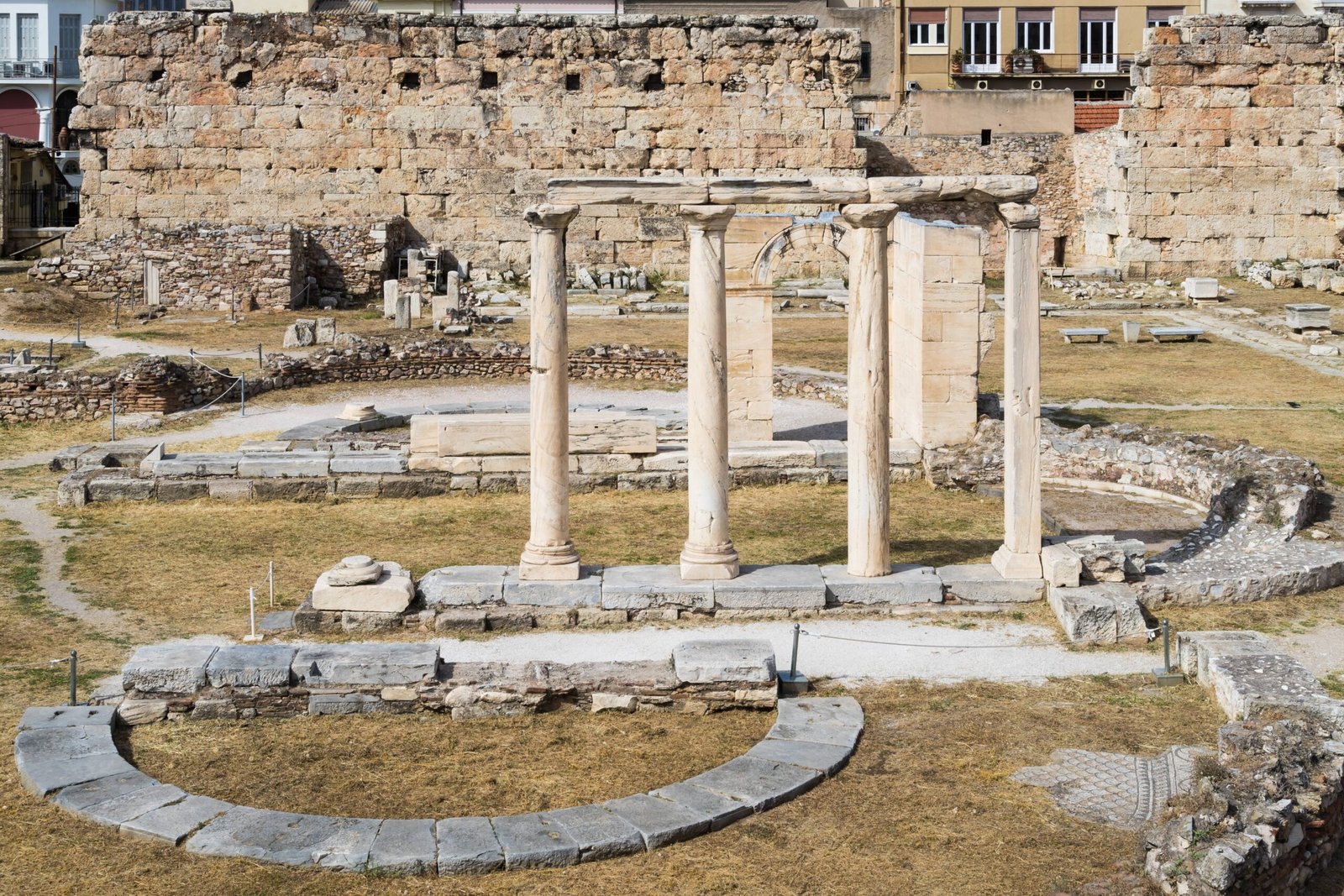
Today’s archaeologists don’t work alone—they team up with seismologists, geologists, and engineers to piece together Athens’ complex history. Using ground-penetrating radar, seismic tomography, and 3D mapping, scientists can see beneath the city’s surface without disturbing a single stone. These tools reveal hidden walls, collapsed temples, and even lost rivers that once flowed through Athens. Seismic data also help predict how future quakes might impact the city and its precious sites, allowing for better preservation and safer living conditions for everyone.
The Agora: Athens’ Ancient Marketplace Unearthed
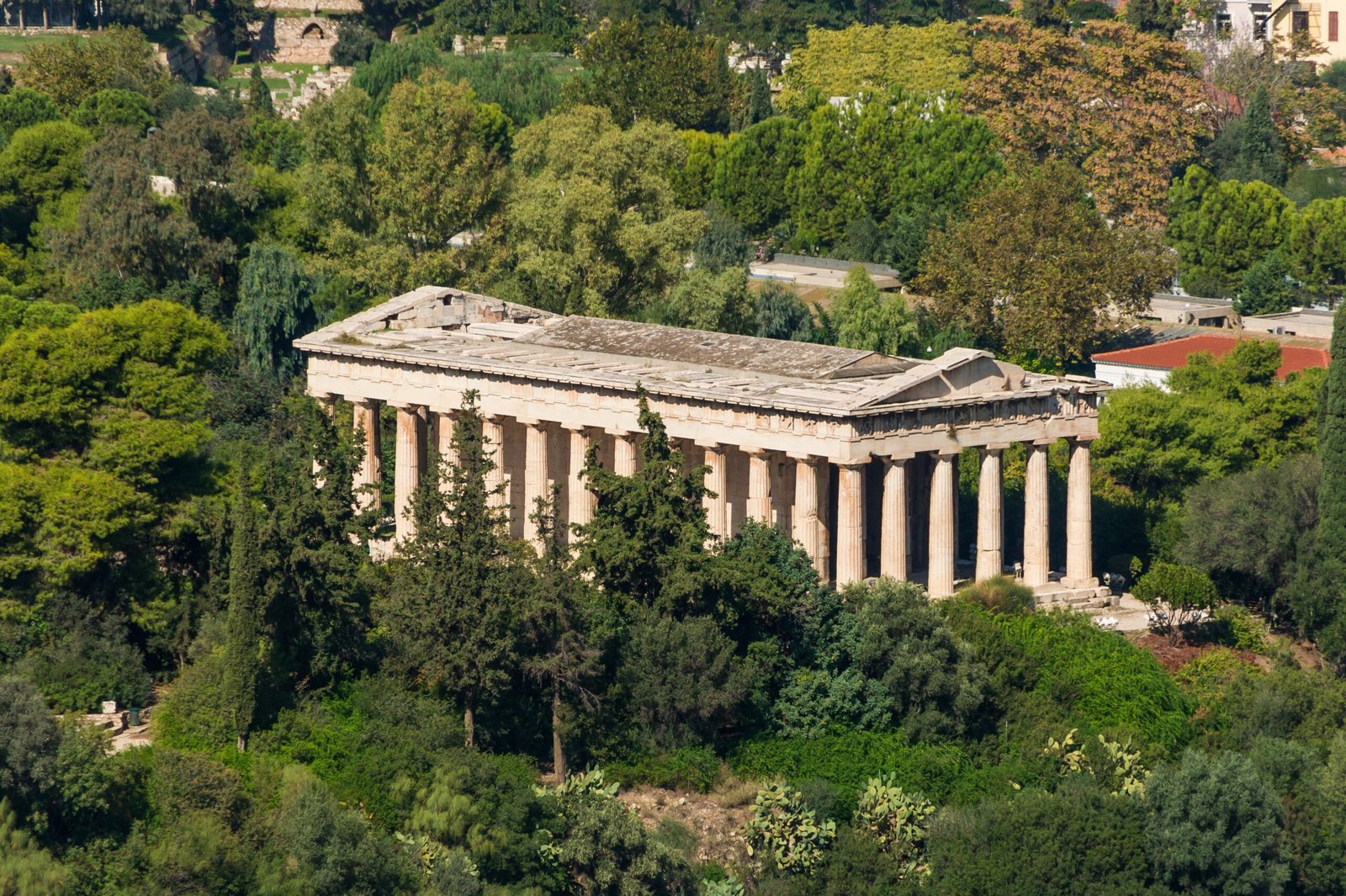
The Ancient Agora was once the heart of Athenian public life—a place of bustling commerce, heated debate, and daily drama. Over time, earthquakes and floods buried much of the site under layers of mud and debris. When archaeologists began excavating, they found an astonishing mix of artifacts, from classical statues to early Christian tombs. Each find tells a different story about how Athens evolved, adapted, and endured. Today, the Agora is a sprawling outdoor museum, but much of its story still lies hidden beneath the ground, waiting to be revealed by the next tremor or shovel.
Byzantine and Ottoman Echoes: Later Layers of Athens
Athens isn’t just the city of Socrates and Pericles. After the ancient world waned, new civilizations rose and left their marks. Byzantine churches, Ottoman baths, and even Venetian fortifications lie beneath—or sometimes right atop—ancient ruins. Earthquakes often jumbled these layers together, creating unexpected juxtapositions: a Byzantine mosaic next to a classical column, or an Ottoman water well atop a Roman street. These overlapping histories make every excavation an adventure, full of surprises and challenges for researchers and locals alike.
Preservation Versus Progress: The Ongoing Dilemma
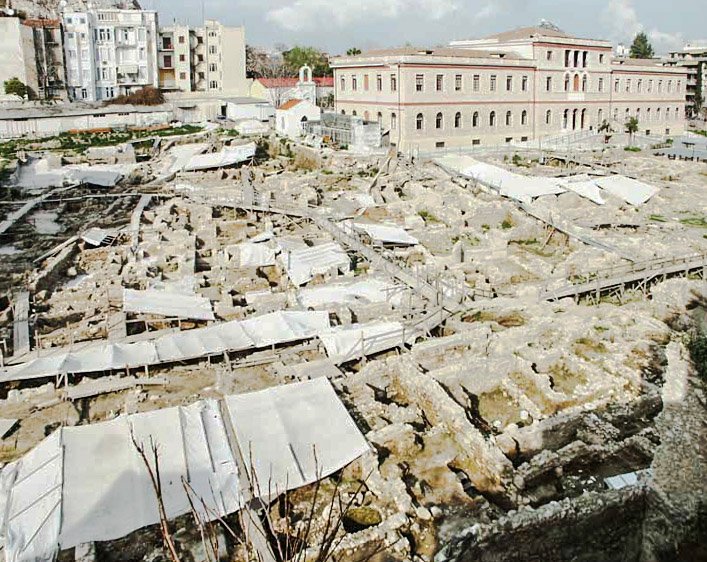
Athens faces a constant tug-of-war between preserving its past and building for its future. New roads, subways, and buildings are desperately needed, but every project risks disturbing ancient remains. The city has developed strict laws to protect archaeological sites, often requiring extensive surveys before any digging begins. Still, the pressure of modern life sometimes wins out, leading to tough decisions about what can be saved and what must be sacrificed. For many Athenians, this struggle is personal—a daily reminder that their city is built on a foundation of memory and meaning.
The Role of Water: Floods and Their Hidden Gifts
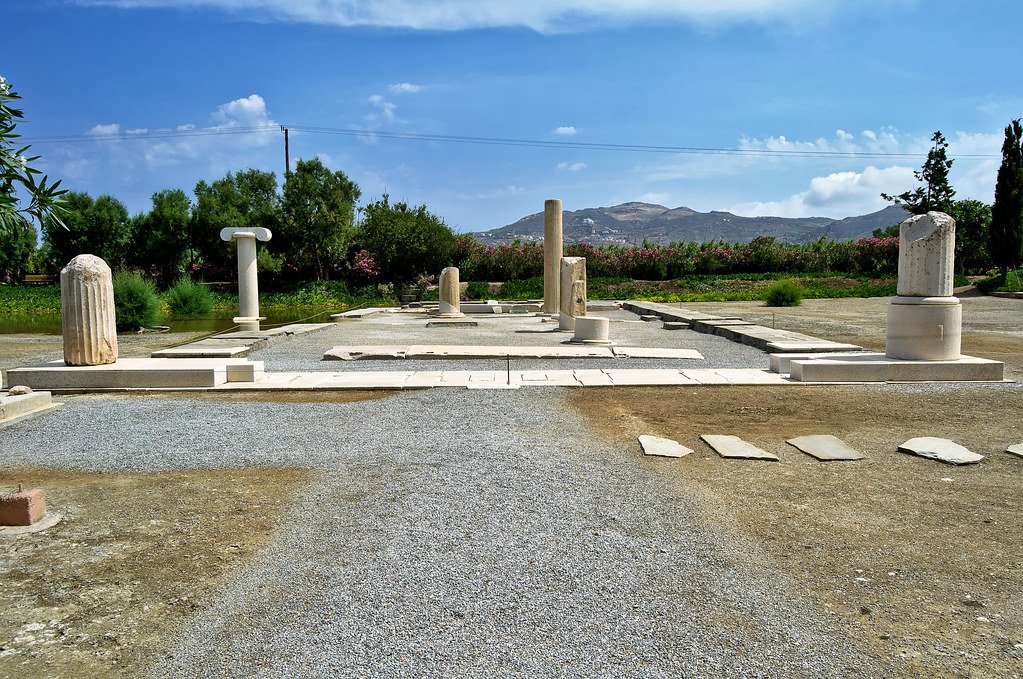
It’s not just earthquakes that have shaped Athens’ underground story. The city’s rivers and streams, prone to sudden floods, have also played a role in hiding and revealing ancient ruins. Floodwaters have swept away layers of soil, exposing mosaic floors or marble statues long buried. In other cases, thick silt deposited during floods has protected fragile artifacts from the elements. This interplay of water and earth adds another layer of complexity to Athens’ archaeological puzzle—a reminder that nature is both a destroyer and a preserver.
Modern Technology: Peering Beneath the Streets
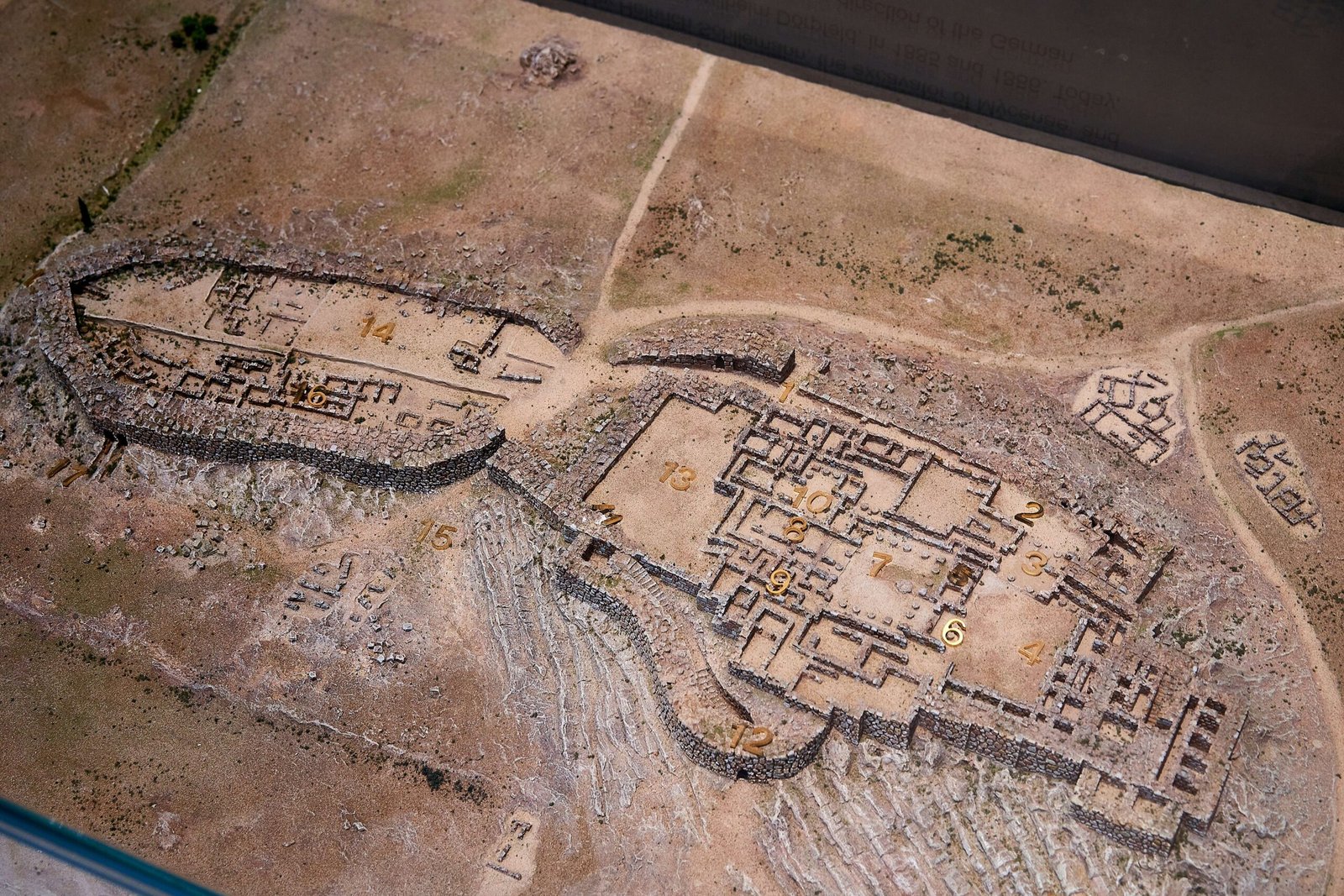
The tools available to scientists today would have seemed like magic to early archaeologists. With drones, LiDAR, and advanced imaging software, researchers can create detailed maps of what lies below Athens without lifting a single cobblestone. Infrared scans can even detect the faint traces of walls, roads, and foundations invisible to the naked eye. This technology isn’t just about convenience—it’s about respect. By minimizing invasive digging, scientists help protect delicate ruins for future generations, ensuring Athens’ hidden layers remain intact.
Personal Stories: Athenians Living With the Past

For many people in Athens, history isn’t just something you read in a book—it’s something you stumble over in your backyard. Residents have discovered ancient columns while gardening, mosaics beneath their kitchens, and pottery shards in their flowerbeds. These encounters create a unique bond between Athenians and their city, fostering a sense of stewardship and pride. Children grow up playing in parks where philosophers once walked, and shopkeepers sweep the same stones that merchants did thousands of years ago. The past is always present here, woven into daily life.
Mysteries Still Buried: Unanswered Questions Below the Surface
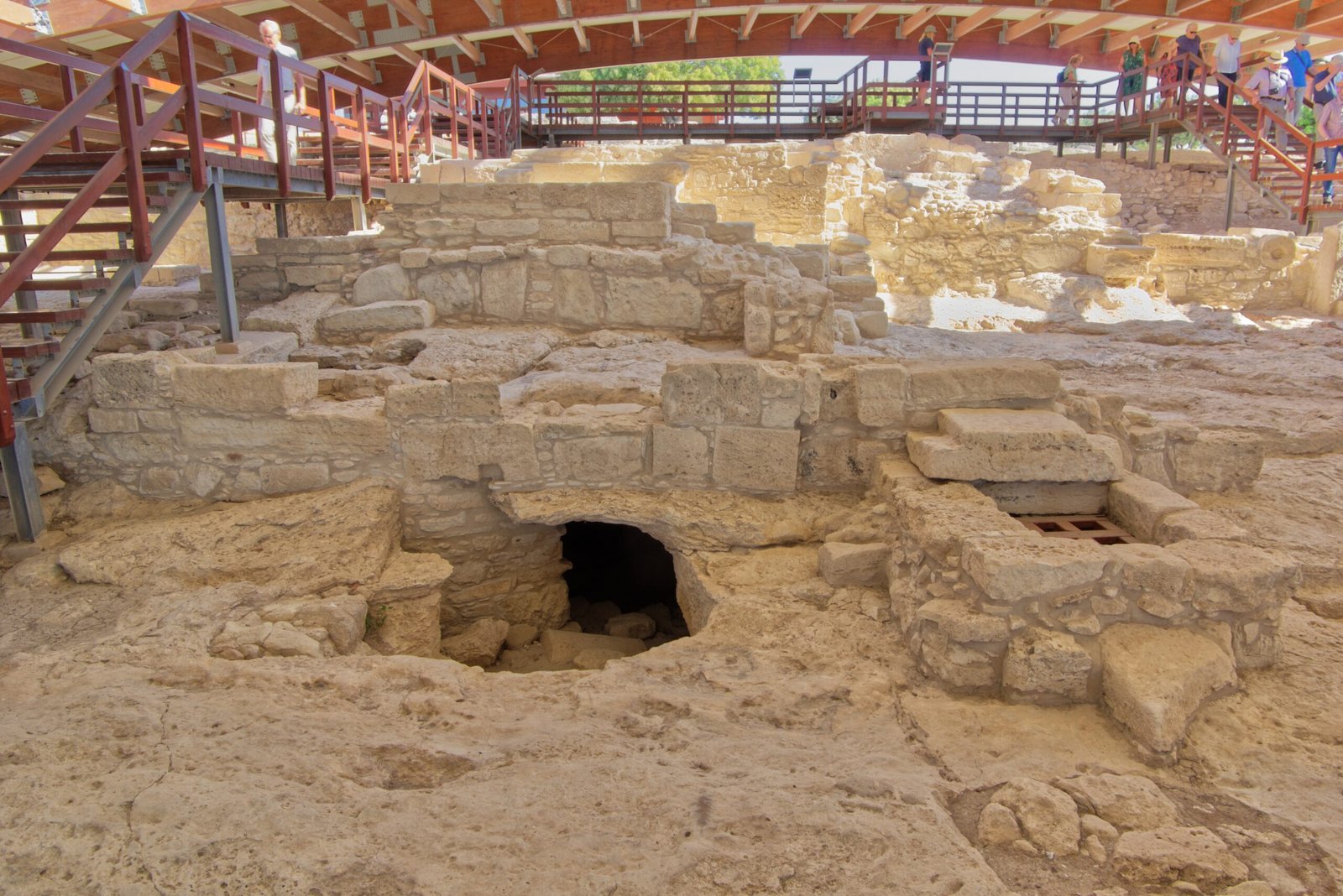
Even after centuries of digging, Athens’ underground remains full of mysteries. What secrets still lie beneath the busy streets? Are there lost temples, forgotten tombs, or hidden treasures waiting to be found? Every new earthquake or construction project has the potential to rewrite the city’s history. This sense of the unknown keeps scientists, locals, and visitors alike on their toes, fueling dreams of the next big discovery.
The Science of Soil: Decoding Athens’ Subterranean Record
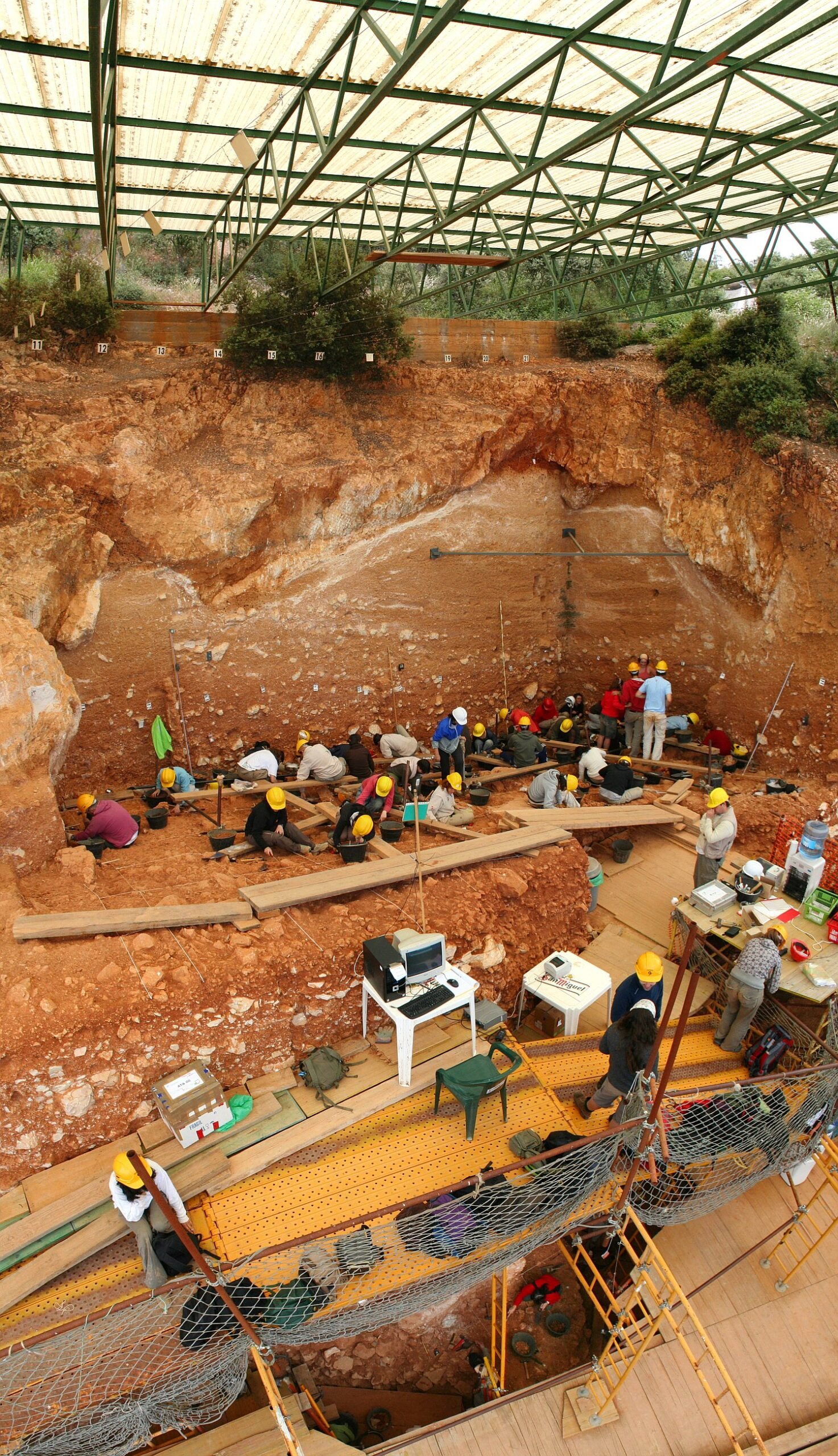
Beneath Athens, the soil itself is a storyteller. Layers of sediment, ash, and rock provide clues about ancient earthquakes, volcanic eruptions, and even climate change. Soil analysis can reveal what crops the Athenians grew, what animals they kept, and how they managed their water sources. By studying microscopic pollen or chemical traces, scientists can reconstruct entire landscapes, helping us understand not just what Athens looked like, but how its people lived and adapted through the ages.
Earthquake Myths: Legends Born from Shaking Ground
In a city so shaped by seismic activity, it’s no wonder that earthquakes found their way into local myths and legends. Ancient Athenians believed that Poseidon, god of the sea and earthquakes, could shake the earth in anger or favor. Some legends tell of temples rising or falling at the god’s whim, their fate tied to the moods of the earth itself. These stories blended fear and awe, offering a way for people to make sense of the unpredictable forces that shaped their world—and continue to shape it today.
Education and Inspiration: Athens as a Living Classroom
Schools and universities in Athens have a unique advantage—the entire city is a classroom. Students visit dig sites, handle ancient artifacts, and even participate in real excavations. These hands-on experiences inspire a lifelong love of history and science, showing young Athenians that their city is more than just a place to live—it’s a puzzle to be solved, a mystery to be unraveled. The lessons learned here extend far beyond textbooks, fostering curiosity and respect for the past.
Global Lessons: What Athens Teaches the World
Athens’ experience with earthquakes and archaeology offers valuable lessons for cities everywhere. It shows that disasters can be opportunities to learn, that progress and preservation must be balanced, and that the stories hidden beneath our feet are worth protecting. As climate change and urbanization threaten historic sites worldwide, Athens stands as both a cautionary tale and a beacon of hope—a city where the past is never truly lost, only waiting to be found again.
A City That Never Stops Changing
Athens is alive, restless, and always in motion—much like the ground beneath it. Each earthquake, each discovery, and each new generation adds another chapter to its story. The city’s hidden layers remind us that history isn’t static; it’s a living, breathing force that shapes who we are and who we might become. As you walk its streets, remember: every step is a journey through time, every stone a clue to an unsolved puzzle. Isn’t it amazing what a little shake of the earth can reveal?



